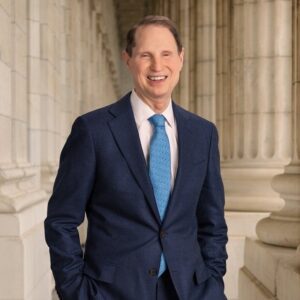Market Conditions Create a Fixed Annuity Buying Opportunity

Boomers have seen this movie before. During the financial crises, bond prices fell with stock prices due to a lack of liquidity and a fear of bond defaults, despite the Fed pushing down interest rates. And now that the 60/40 portfolio has failed them twice in the last 15 years, we believe they will be open to alternative solutions, such as annuities, more than ever before.
The Correlation Between Fixed Annuity Sales and 10-Year Treasurys Is Broken
To avoid a financial meltdown in 2009, the Fed determined it needed to support the economy by both adding liquidity to the system and propping up the banks. To accomplish this, the Fed essentially printed money by buying bonds. And to avoid creating too much liquidity, thereby driving up inflation, for the first time ever, the Fed began to pay interest to banks on the excess reserves the banks held at the Fed.
Essentially, this allowed banks to make the same amount of interest by parking money at the Fed that they could make by lending to other banks via the benchmark federal funds rate, which in turn kept much of the newly printed money from working its way into the economy.
None of this mattered too much when the federal funds rate was around 0.25%, but two important things have changed since then:
Savings rates soared when COVID stimulus money was paid out, and people had few spending options while the world was shut down. Much of this money got deposited into bank accounts, which banks then deposited with the Fed.
As the Fed began to increase rates this year, the amount banks could make on these excess reserves has increased.
Today, banks have over $3 trillion in excess reserves at the Fed. As a result of the recent Fed rate increases, these reserves now earn about 3%.5 Despite this, the amount banks are paying depositors has barely budged. In short, the banks don’t need or want additional deposits, so they have not moved up CD rates as they typically would. Insurance companies, on the other hand, are looking for additional deposits. That created the biggest spread between fixed annuity rates and CD rates ever seen.
The Velocity of ‘Money in Motion’ and Annuity Exchanges Has Increased
The increase in the velocity of “money in motion” is just starting. In the past four years, nearly $200 billion in fixed-rate deferred annuities were sold. Given the rate environment where it didn’t make sense for investors to go for a longer duration product, this means the amount of fixed-rate deferred annuities exiting their surrender period will increase.
Investors have options when a contract completes its terms, and they face financial consequences if the funds are removed from the annuity for nonqualified accounts (which make up roughly 60% of overall fixed-rate deferred sales).
This has created a scenario where a sizable portion of owners of fixed-rate deferred contracts will likely seek the best rate in a new fixed-rate deferred contract, adding additional fuel to spur fixed-rate deferred sales in the future.
What Does All of This Mean?
On the surface, the dramatic increase in fixed annuity sales this year is nothing short of shocking. But, when one stops to consider the alignment of these three factors, the sales increase is very predictable. More importantly, I expect sales to remain at this level, or even continue to increase, until one of the three causes changes.
How likely is that? Baby boomers are not getting any younger. They are not likely to move to riskier assets any time soon. In fact, as they continue to move through retirement, they are far more likely to seek more protection within their portfolios. And now that they have been burned by bonds twice in less than 15 years, asset classes like fixed and indexed annuities are likely to be the continued beneficiaries of this decision.
That, in turn, brings us to the Fed and the banks. It’s hard to imagine that banks are going to be aggressively seeking additional deposits as long as the Fed continues to pay interest on bank excess reserves. If they can make 3.0% on assets, risk-free, by just parking money at the Fed, why do anything else?
In fact, if the Fed increases rates as expected, the spread that banks can earn by continuing to follow this strategy will only widen further. This in turn means that the spread between fixed annuity and CD rates will widen further as well. When that happens, the $28 billion in fixed annuity sales the industry recorded in the second quarter will pale in comparison to the future sales record.
The breakdown of the traditional correlation between 10-year Treasury rates and fixed annuity sales means that CDs are mispriced in relation to fixed annuity rates. For clients with a growing need for safety and protection, this deviation from the norm couldn’t happen at a worse time. For advisors that use fixed annuities as part of their solution set, it’s a significant opportunity to help clients.
Scott Stolz is a Managing Director at iCapital Solutions.



